- No products in the cart.
Ask cardio-tab n / 100mg enteric about 30 pieces Medisorb
Etamsylate Injection 125mg / 2ml amp ml 10 units
$2.49
Heparin solution and / I / / n / k 5000me / ml 5ml vial 5 pcs
$15.99
$1.48
Ask cardio-tab n / 100mg enteric about 30 pieces Medisorb
Description
Composition
Active substance:
1 tablet contains: acetylsalicylic acid 100 mg ;.
Excipients:
Kernel: Monohydrate lactose (milk sugar) 15.87 mg; povidone (polyvinylpyrrolidone) 0.16 mg; 3.57 mg of potato starch; Talc 0.2 mg; Stearic acid 0.2 mg sheath: methacrylic acid-ethacrylate copolymer [1: 1] (MAE kolikoat 100) 4,186 mg; macrogol 6000 (polyethylene glycol, high molecular weight), 0.558 mg; 1,117 mg talc; titanium dioxide 0.139 mg.
Description:
Dvoyakovypuklyekruglye tablets, coated white.
Product form:
The tablets, enteric-coated tablets, 100 mg.
10 tablets in blisters.
30, 50, 60 or 100 tablets per polymeric jars.
Each bank or 1, 2, 3, 5, 6, 10 contour of cellular packages with instructions for use placed in a pile of cardboard.
Contraindications
Hypersensitivity to acetylsalicylic acid (ASA), a drug auxiliary substances and other nonsteroidal anti-inflammatory drugs (NSAIDs); erosive and ulcerative lesions of the gastrointestinal tract in the acute stage; gastrointestinal bleeding; bronchial asthma induced by intake of salicylates and NSAIDs; combination asthma, recurrent nasal polyposis and paranasal sinuses and intolerance to ASA; hemorrhagic diathesis (hemophilia, von Willebrand disease, telangiectasia, hypoproteinemia, thrombocytopenia, thrombocytopenic purpura); combined use with methotrexate at a dose of 15 mg per week or more; pregnancy (Ii IIItrimestr) and lactation; age of 18 years; severe renal failure (creatinine clearance (CC) of less than 30 ml / min); severe liver failure (class B or higher on the Child-Pugh); chronic heart failure class III-IVfunktsionalnogo of NYHA classification; lactose intolerance, lactase deficiency and glucose-galactose malabsorption.
Be wary appointed patsientams gout, hyperuricemia; with a history of ulcerative lesions of the gastrointestinal tract or gastrointestinal bleeding; renal failure (creatinine clearance of more than 30 ml / min); hepatic failure (class B below Child-Pugh); asthma, chronic respiratory diseases, hay fever, nasal polyposis, drug allergy, including the group of NSAIDs (analgesics, anti-inflammatory, antirheumatic drugs); IItrimestre during pregnancy; vitamin K deficiency; in severe deficiency of glucose-6-phosphate dehydrogenase; assuming a surgical procedure (including minor, e.g., tooth extraction); the combined use of the following drugs (methotrexate at a dose less than 15 mg per week, anticoagulant, thrombolytic and antiplatelet agents; NSAIDs, ibuprofen, salicylic acid derivatives in high doses, with digoxin; with hypoglycemic agents for oral use (sulfonylurea derivatives ) and insulin, valproic acid with alcohol, with selective serotonin reuptake inhibitors).
Dosage
100 mg
Indications
Unstable angina; prevention of acute myocardial infarction in the presence of risk factors (e.g., diabetes, hyperlipidemia, hypertension, obesity, smoking, old age), and recurrent myocardial infarction; prevention of stroke (including patients with transient ischemic attack); prevention of transient ischemic ;.
Interaction with other drugs
With simultaneous use of ASA enhances the effect of the following medicines; if necessary, the simultaneous use of ASA with the above means should consider the need to reduce the dose of drugs: methotrexate, by reducing renal clearance and displace it from its association with proteins; while the use of anticoagulants, thrombolytic and antiplatelet agents (ticlopidine, clopidogrel) indicates increased risk of bleeding as a result of major therapeutic synergistic effects of the means; while the use of drugs having anticoagulant, thrombolytic and antiplatelet effects, there is a growing damaging effect on the mucous membrane of the gastrointestinal tract; selective serotonin reuptake inhibitors, which may lead to increased risk of bleeding of upper gastrointestinal tract (synergism with ASA); digoxin, due to the reduction of its renal excretion, which may lead to overdose; hypoglycemic agents for oral use (sulfonylurea derivatives) and insulin hypoglycemic properties due to the very high doses of ASA and displacement of sulfonylurea derivatives connection with plasma proteins; while the use of valproic acid increases its toxicity due to replacement of its connection with plasma proteins;
NSAID derivatives and salicylic acid in high doses (increased risk ulcerogenic effects and bleeding from the gastrointestinal tract as a result of synergism of action); while the use of ibuprofen marked antagonism of irreversible platelet inhibition caused by the action of ASA, which leads to a reduction cardioprotective effects of ASA;
Ethanol (increased risk of mucosal damage to the gastro-intestinal tract and prolonged bleeding resulting from mutually reinforcing effects of ASA and ethanol)
With simultaneous application of high doses of ASA reduces the effect of the following medicines; if necessary with simultaneous administration of ASA listed drugs should consider the need for dose adjustment means listed: any diuretics (when used in conjunction with high doses of ASA in a decline in glomerular filtration rate (GFR) due to a decrease of prostaglandin synthesis in kidney); angiotensin converting enzyme (ACE) inhibitors (marked dose-dependent decrease in glomerular filtration rate by inhibiting prostaglandins possessing vasodilating action, respectively, the attenuation of the hypotensive action. Clinical GFR decline is observed at a daily dose of ASA 160 mg. In addition, there is a decrease of positive cardioprotective effects of ACE inhibitors, designated therapy for patients with chronic heart failure. This effect is also apparent when used in conjunction with ASA in large ozah); uricosuric drugs with action – benzbromarone, probenecid (urikozuricheskogo reduction effect due to competitive suppressing renal tubular excretion of uric acid); while the use of systemic corticosteroids (except hydrocortisone used for replacement therapy Addison’s disease) has increased, and accordingly removal salicylates weakening their action.
Overdose
It can have serious consequences, especially in the elderly and in children. salitsilizma syndrome develops when receiving ACK in a dose of 100 mg / kg / day for 2 days due to use of toxic doses of the drug under improper therapeutic uses (chronic poisoning) or single accidental or intentional receiving a toxic dose adult or child (acute) .
Overdose symptoms: – moderate severity When light (single dose of less than 150 mg / kg):
Dizziness, tinnitus, hearing loss, increased sweating, nausea and vomiting, headache, confusion, tachypnea, hyperventilation, respiratory alkalosis.
Treatment: gastric lavage, repeated administration of activated charcoal, forced alkaline diuresis, restoring the balance of water and electrolyte and acid-base status.
– At moderate and severe severity (single dose of 150 mg / kg-300 mg / kg, – the average severity of more than 300 mg / kg – severe degree of poisoning):
Respiratory alkalosis with compensatory metabolic acidosis, hyperpyrexia, hyperventilation, non-cardiogenic pulmonary edema, respiratory depression, apnea; Cardio – vascular system: cardiac arrhythmias, marked reduction in blood pressure, depression of cardiac activity; with the water-electrolyte balance: dehydration, renal failure by oliguria until the development of renal failure characterized by hypokalemia, hypernatremia, hyponatremia; impaired glucose metabolism: hyperglycemia, hypoglycemia (especially in children), ketoacidosis; tinnitus, deafness; gastrointestinal bleeding; haematological disorders: inhibition of platelet aggregation to coagulopathy, prolonged prothrombin time, hypoprothrombinemia; neurological disorders: toxic encephalopathy and depression of the central nervous system (drowsiness, confusion, coma, convulsions).
Treatment: Immediately hospitalization in specialized units for emergency therapy – gastric lavage, repeated administration of activated charcoal, forced alkaline diuresis, dialysis, restore water and electrolyte balance and acid-base status, symptomatic therapy.
pharmachologic effect
Pharmacological group:
Antiplatelet agent.
Pharmacodynamics:
Acetylsalicylic acid (ASA) is an ester of salicylic acid, belongs to the group of nonsteroidal anti-inflammatory drugs (NSAIDs). The mechanism of action is based on the irreversible inactivation of the enzyme cyclooxygenase (COX-1), resulting in blocked synthesis of prostaglandins, prostacyclin and thromboxane. Decreases aggregation, platelet adhesion and thrombus formation by inhibiting thromboxane A2 synthesis in platelets. It enhances fibrinolytic activity of blood plasma and reduces the concentration of vitamin K-dependent coagulation factors (II, VII, IX, X). Antiplatelet effect develops after administration of low doses of drug and continued for seven days after a single dose. These properties of ASA used in the prevention and treatment of myocardial infarction, coronary heart disease, complications of varicose veins. ASA also has anti-inflammatory, antipyretic and analgesic action.
Pharmacokinetics:
After oral administration ASA is rapidly and completely absorbed from the gastrointestinal tract (GIT). ASA is partially metabolized in the absorption time. During and after absorption ASA converted to the major metabolite – salicylic acid, which is metabolized primarily in the liver by the enzymes to form metabolites such as phenyl salicylate, and salicylate glucuronide salitsilurovaya acid, found in many tissues and urine. In women, the process of metabolism is slower (lower activity in serum enzymes). The maximum concentration of ASA in the blood plasma achieved 10-20 minutes after ingestion, salicylic acid – after 0.3-2 hours. Because acid-coated tablet shell ASA is released not in the stomach (sheath effectively blocks the dissolution of the drug in the stomach) and in an alkaline environment of the duodenum. Thus, absorption of ASA in tablet form enteric-coated delayed for 3-6 hours as compared with conventional (without a shell) tablets.
Salicylic acid ASA and strongly bind to plasma proteins (from 66% to 98% depending on the dose) and rapidly distributed in the organism. Salicylic acid crosses the placenta and is secreted in breast milk.
Excretion of salicylic acid is dose-dependent, since its metabolism may limit enzyme system. half-life is 2-3 hours when applied at low doses of ASA and 15 hours when using the drug in high dose (usual dose of acetylsalicylic acid as an analgesic). Unlike other salicylates, when multiple dose preparation negidrolizirovannaya ACK does not accumulate in the serum. Salicylic acid and its metabolites are excreted by the kidneys. In patients with normal renal function 80-100% of a single dose of the drug is excreted by the kidneys within 24-72 hours.
Pregnancy and breast-feeding
The use of high doses of salatsilatov in the first 3 months of pregnancy is associated with an increased rate of fetal defects (cleft palate, heart defects). In IItrimestre pregnancy salicylates can be given only on the basis of strict risk assessment and benefit.
In the last trimester of pregnancy salicylates in high doses (more than 300 mg / day) caused a weakening of labor, premature closure of the ductus arteriosus in the fetus, increased bleeding in the mother and the fetus, and the appointment just before birth may cause intracranial hemorrhage, especially in preterm infants. Appointment of salicylates in the last trimester is contraindicated.
Salicylates and their metabolites in small amounts into breast milk. Accidental intake of salicylates during lactation is not accompanied by the development of adverse reactions in children and does not require stopping breastfeeding. However, long-term use of the drug or the appointment of his high-dose breast-feeding should be discontinued immediately.
Conditions of supply of pharmacies
Without recipe.
side effects
From the digestive system: most frequently reported nausea, heartburn, vomiting, pain in the abdomen; rarely – gastric ulcer and duodenal ulcer, including perforated, gastrointestinal bleeding; transient disturbances of liver function with increased activity of “liver” transaminases.
Cardio-vascular system: in rare cases – increased symptoms of chronic heart failure, edema of the lower extremities.
From the hematopoietic system: increased perioperative (intraoperative and postoperative) bleeding, bruising, nose bleeds, bleeding gums, urinary tract bleeding. There are reports of serious cases of bleeding, which include gastrointestinal bleeding and bleeding in the brain (especially in hypertensive patients who have not reached the target blood pressure (BP) and / or receiving concomitant therapy with anticoagulant drugs), which in some cases may wear life-threatening. Bleeding can lead to acute or chronic posthemorrhagic / iron-deficiency anemia (e.g., flush due to bleeding) with relevant clinical laboratory symptoms (fatigue, pallor, hypoperfusion).
There are reports of hemolysis and hemolytic anemia in patients with severe glucose-6-phosphate dehydrogenase deficiency.
From the urinary system: there are reports of cases of renal dysfunction and acute renal failure.
The central nervous system: dizziness, hearing loss, tinnitus, which may be a sign of overdosing (see overdose.).
Allergic reactions: hypersensitivity reactions with appropriate laboratory and clinical manifestations, such as asthmatic syndrome (bronchospasm), the reaction mild to moderate by the skin, respiratory tract, gastrointestinal tract, and cardiovascular system, including symptoms such as skin rash , kozhnyyzud, urticaria, angioedema, rhinitis, swelling of the nasal mucosa, cardio-respiratory distress syndrome, and severe reactions, including anaphylactic shock.
special instructions
The drug should be used when prescribing physician.
ASA may provoke bronchospasm and also cause bronchial asthma and other hypersensitivity reactions. Risk factors are the availability of a history of asthma, hay fever, nasal polyposis, chronic diseases of the respiratory system as well as of allergic reactions to other drugs (e.g., skin reactions, pruritus, urticaria).
ASA can cause bleeding of varying severity during and after surgery, so if you need the absolute exclusion of bleeding during surgery is necessary, if possible, to completely abandon the use of ASA in the preoperative period.
The combination of ASA with an anticoagulant, thrombolytic and antiplatelet drugs is accompanied by an increased risk of bleeding.
ASA in low doses can trigger the development of gout in predisposed individuals (with a reduced excretion of uric acid).
The combination of ASA with MTX accompanied by increased incidence of side effects of hematopoiesis.
High doses of ASA have a hypoglycemic effect, it is necessary to bear in mind when assigning it to patients with diabetes receiving hypoglycemic drugs for oral and insulin.
With the combination of glucocorticosteroids (GCS) and salicylates should be remembered that during treatment the level of salicylates in the blood is reduced, and after discontinuation of corticosteroids possible overdose of salicylates.
We do not recommend the combination of ASA with ibuprofen in patients with an increased risk of cardio – vascular diseases, as the latter reduces the positive effect of ASA on longevity (reduced cardioprotective effects of ASA).
Exceeding the dose ASA carries a risk of gastrointestinal bleeding.
Overdose is especially dangerous in elderly patients.
When combined with alcohol ACK increased risk of damage to the mucous membrane of the gastrointestinal tract and prolongation of bleeding time.
During the period of treatment must be careful when performing potentially hazardous activities that require high concentration and psychomotor speed reactions (driving vehicles, working with moving machinery, the work manager and operator, etc.) as well as the possible development of vertigo.
Storage conditions
In a dry place at a temperature not higher than 25 C.
Keep out of the reach of children.
Dosing and Administration
ASK cardio should be taken orally, after meals, without chewing, drinking plenty of fluids.
Cardio-ASA as an antiplatelet agent for prolonged use. The duration of therapy is determined by the attending physician. It is recommended that the following dosage regime when no other assignments:
Prevention of suspected acute myocardial miokardanachalnaya dose of 100-300 mg (the first pill must be chewed for faster absorption) prinyatapatsientom should be as soon as possible after suspected in the development of acute myocardial infarction. В последующие 30 дней после развития инфаркта миокарда должна поддерживаться доза 200-300 мг/день.
Профилактика впервые возникшего острого инфаркта миокарда при наличии факторов риска100 мг/сутки или 300 мг через день.
Профилактика повторного инфаркта миокарда. Нестабильная стенокардия. Профилактика инсульта и преходящего нарушения мозгового кровообращения. Профилактика тромбоэмболических осложнений после хирургических операций и инвазивных исследований100-300 мг/сутки.
Профилактика тромбоза глубоких вен и тромбоэмболии легочной артерии и её ветвей100-200 мг/сутки или 300 мг через день.
Information
Appearance may differ from that depicted in the picture. There are contraindications. You need to read the manual or consult with a specialist
Additional information
| Weight | 0.100 kg |
|---|---|
| Manufacturer | Medisorb |

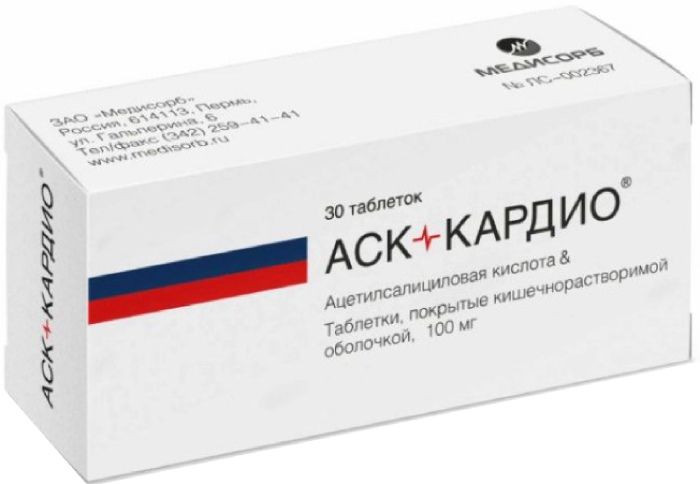
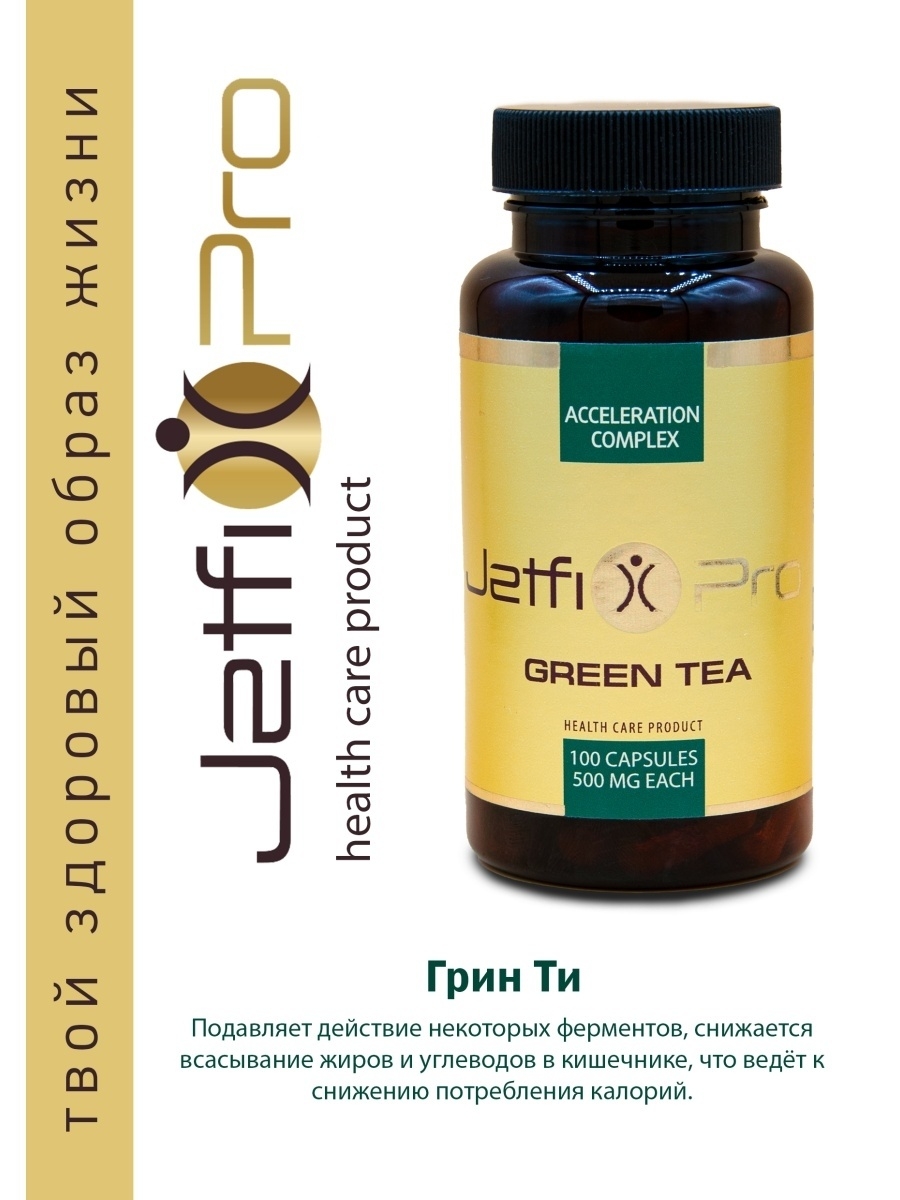
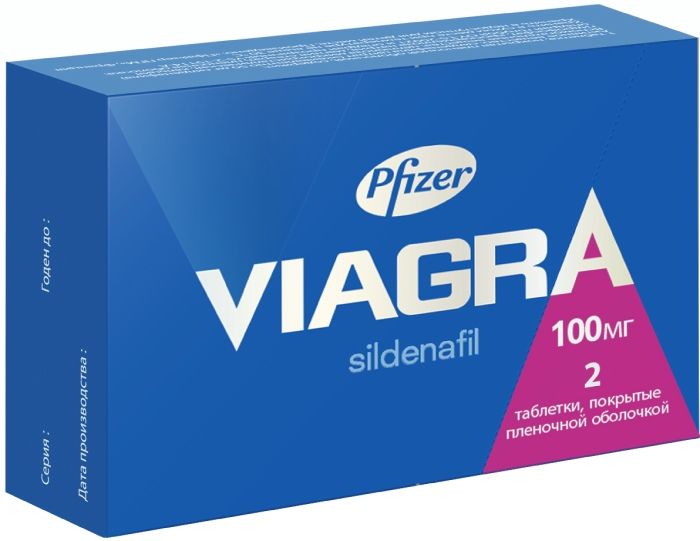
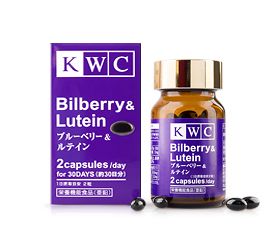
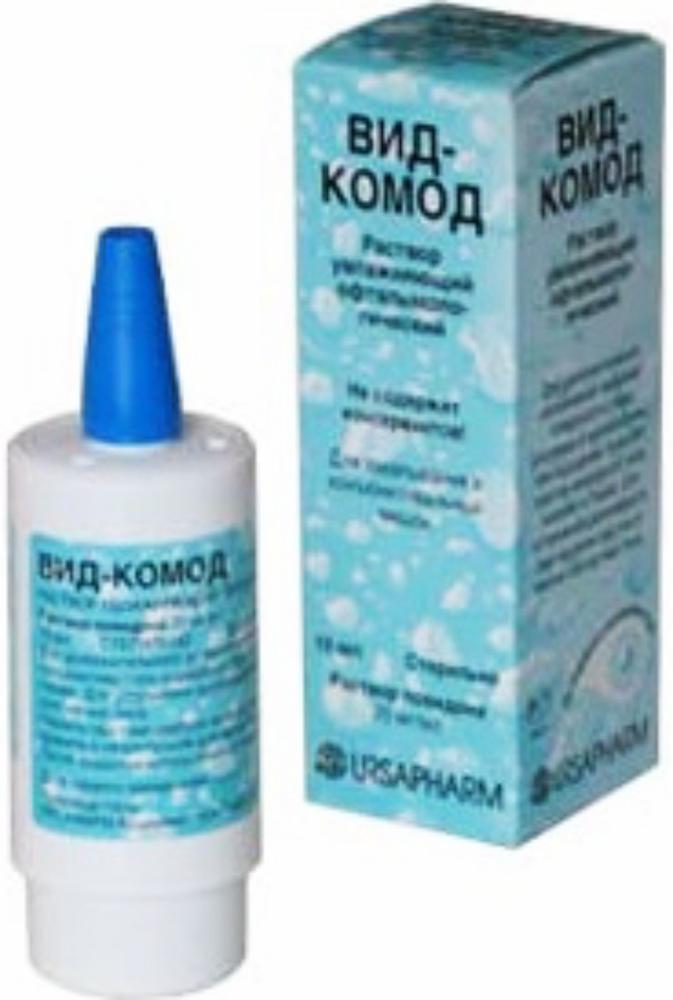

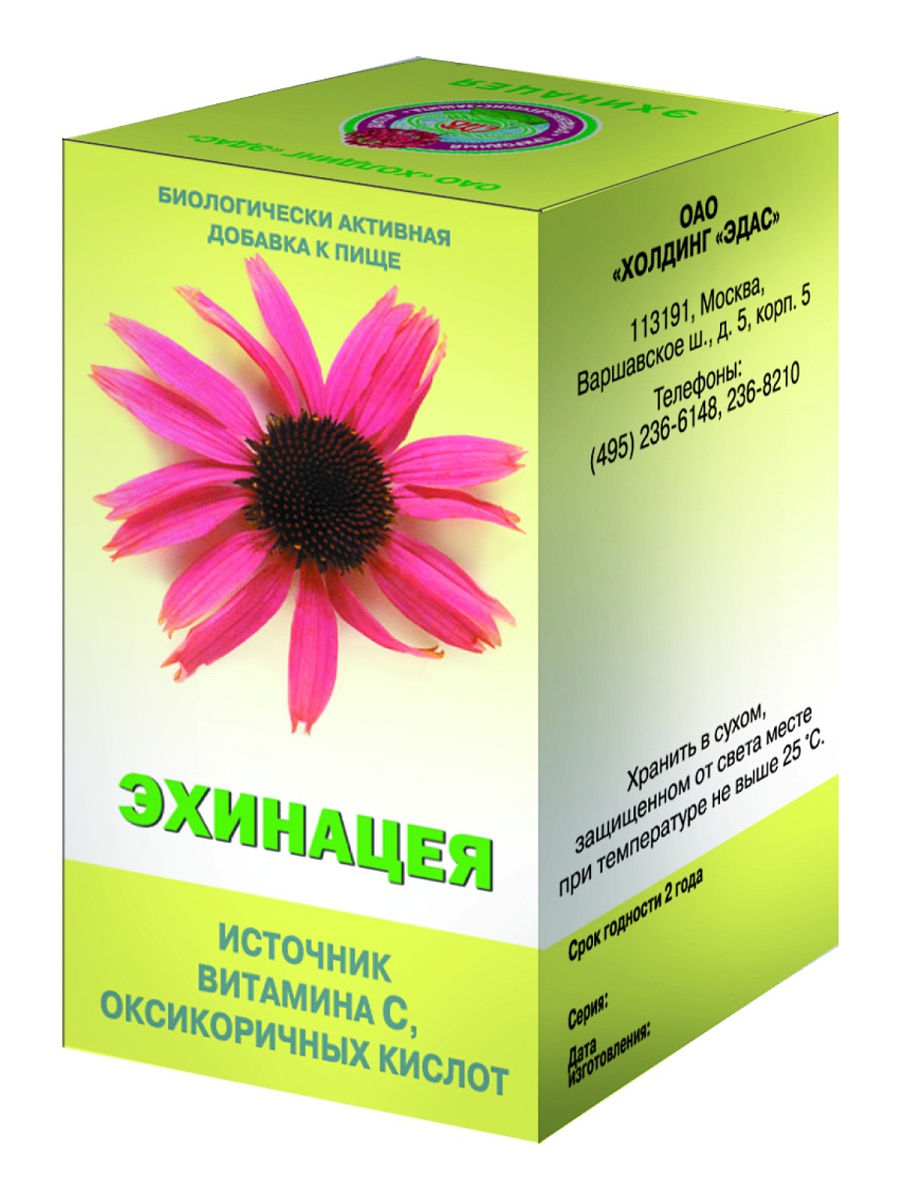




There are no reviews yet.